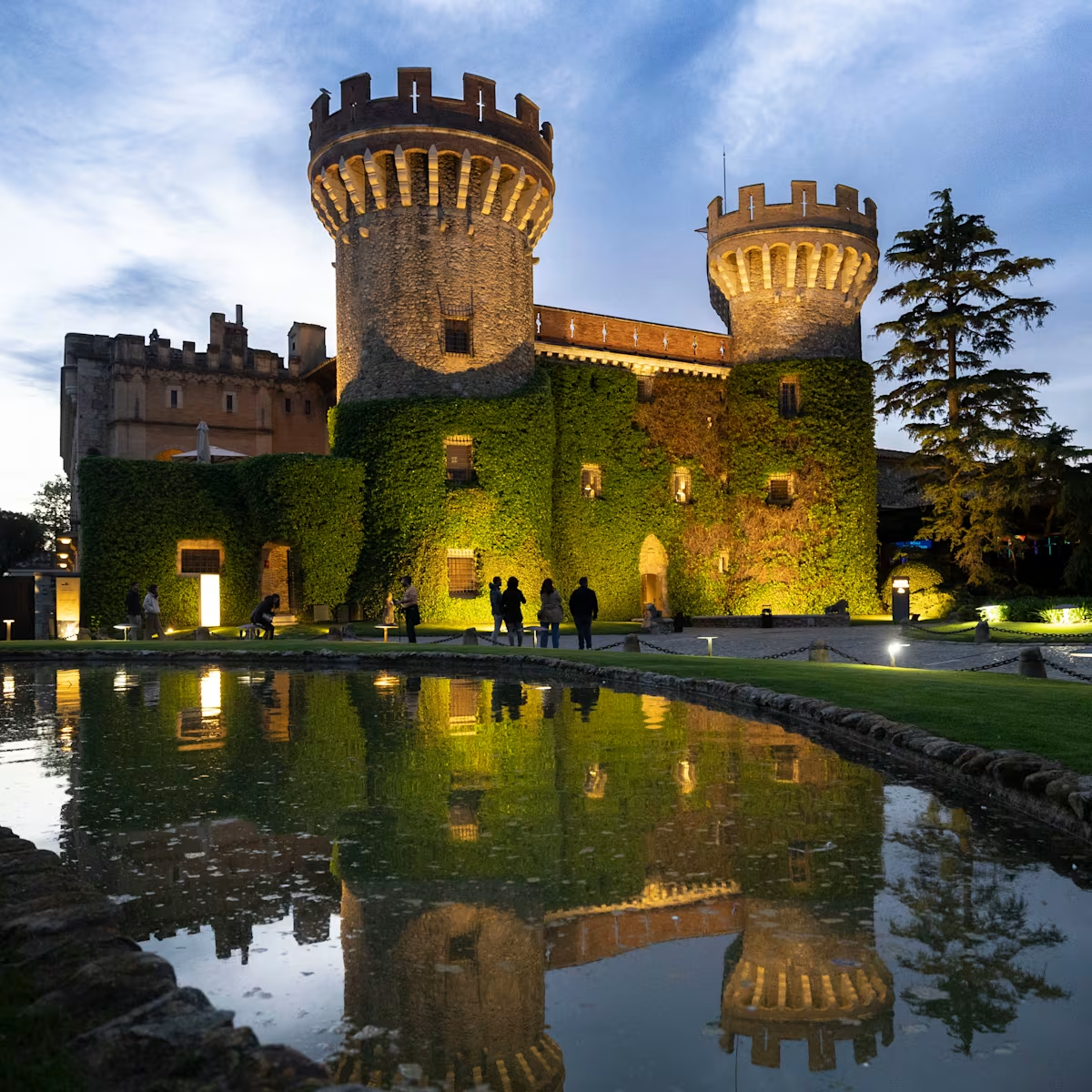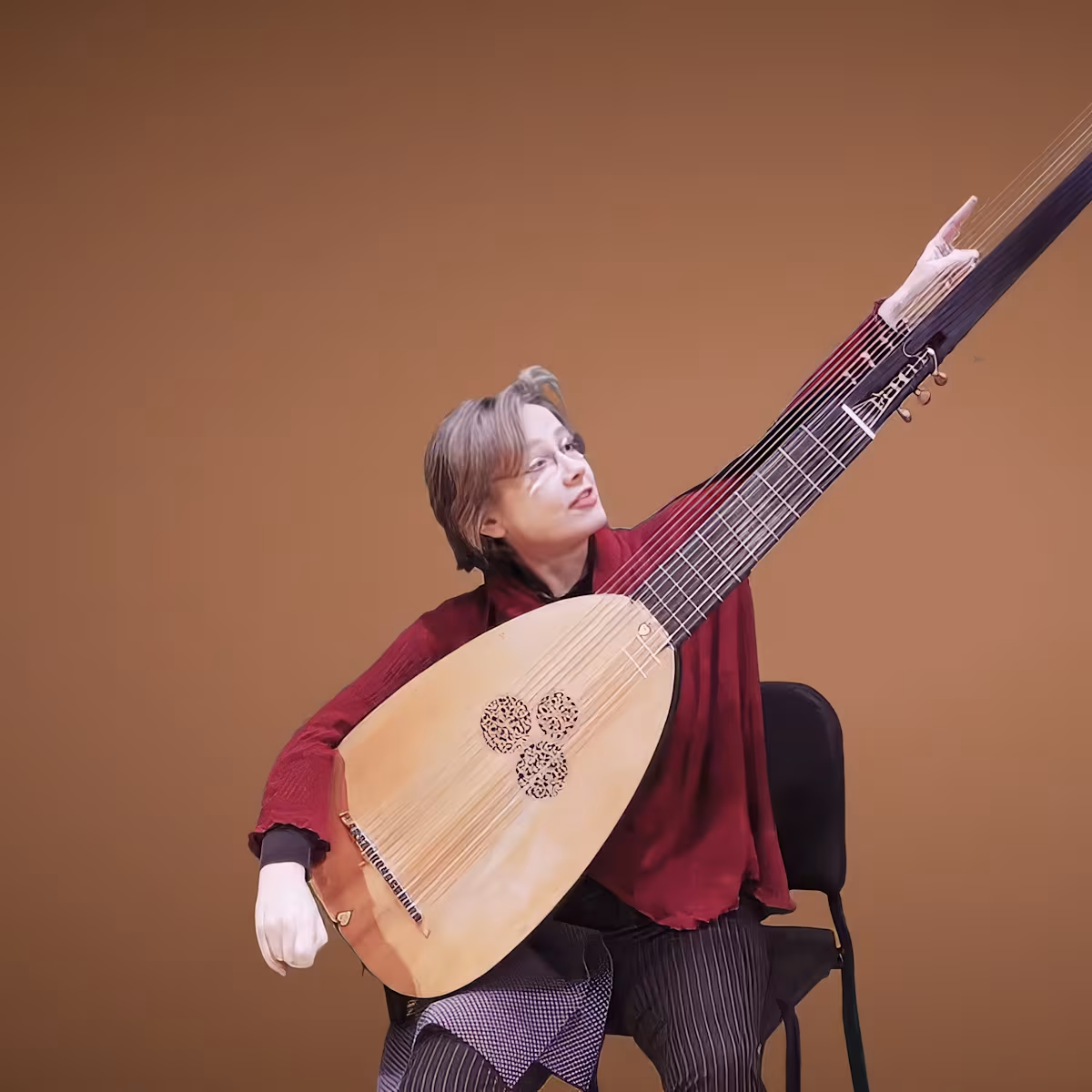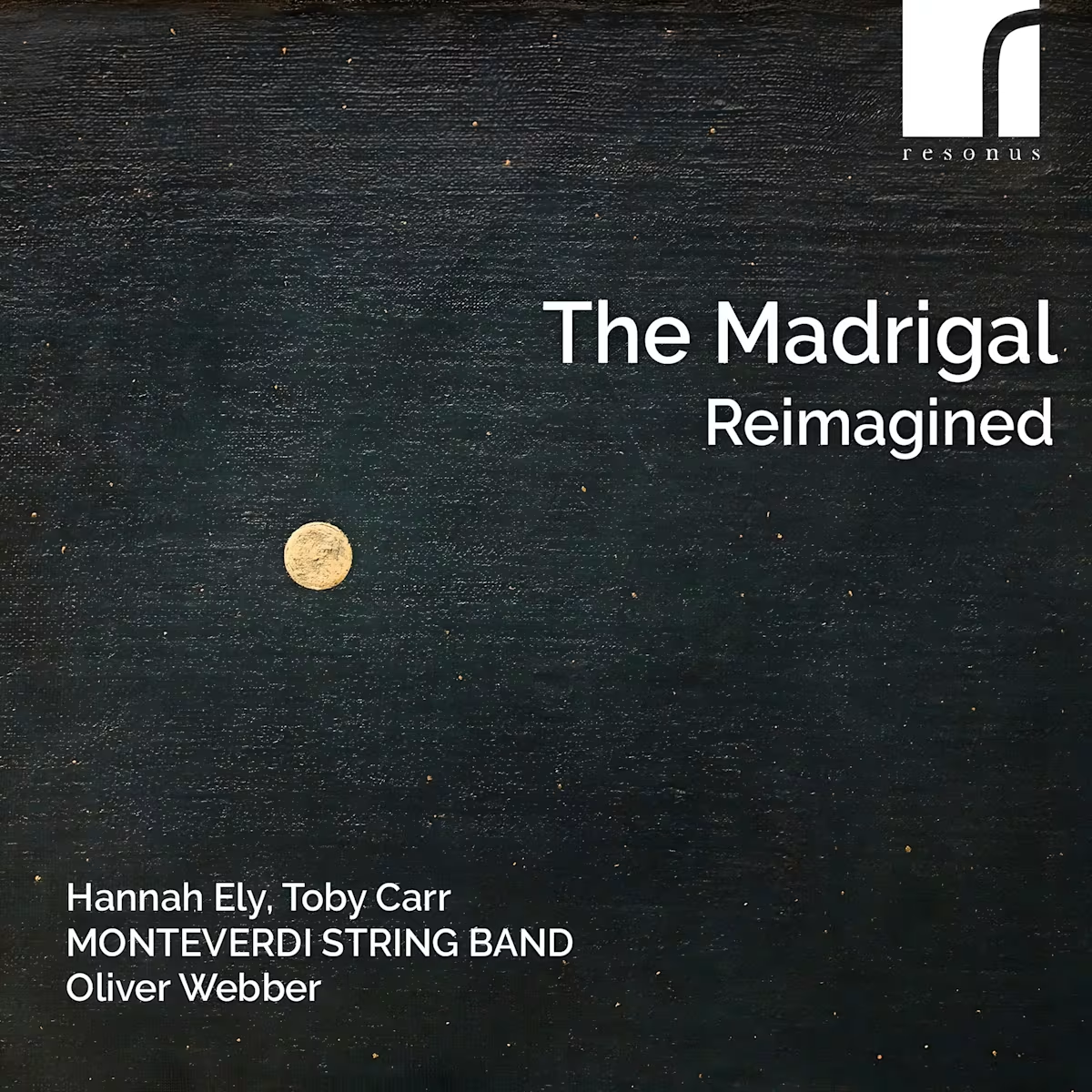Feature
Old Spelling But Fresh Explorations
Newe Vialles
Share this

The Newe Vialles were introduced into London from Italy late in Henry VIII's reign. These Renaissance instruments were an alternative to, and soon replaced, the mediaeval rebecs. For nearly 200 years, the viol, as it became known, was the instrument of choice for intimate musical gatherings in the manor houses of the gentry and aristocracy. At first, the intimacy was inevitable because, without sound posts, the music could not carry very far. From the end of the 16th century, though, the addition of the little posts gave them far greater reach, though never as great as the violin family. By Shakespeare's time, in the 1590s, the usefulness of a sound post was well known enough to become a character with one line in Romeo and Juliet (Act IV, Scene IV, after Juliet's death). Peter: "What say you, James Soundpost?" Third Musician: "Faith, I know not what to say." Not, perhaps, the most significant exchange in the tragedy, but nonetheless, the mellow sound of a consort of viols had a particular attraction to its advocates and composers, many of whom wrote for little else.

The ensemble that has more recently adopted the old name, Newe Vialles, consists of Henrik Persson, Caroline Ritchie, and friends. Caroline says they established the group in 2015 “in order to bring something new to the world of the viol consort, and it exists both as a viol consort and as a smaller ensemble with continuo,” as it does for their new disc, Newe Vialles, Old Viols on Barn Cottage Records (BCR027). The duo is expanded to a quartet with the lutenist Lynda Sayce and the baroque guitarist, James Akers. “We wanted to create a programme that the original owners of our instruments might have played,” Caroline says. The two original instruments on which Persson and Ritchie perform are particularly special. Although there are a fair number of viols surviving from the 17th and early 18th centuries, examples in a fit state to be played are rare. In the case of the bass viol made by the London maker John Pitts, in the care of Ritchie, there is only one other example, and that is in a Paris museum. Ritchie's is the earlier of the pair, dating from 1675, ten years before Pitts' death.
It is possible that Edward Lewis moved into Pitts' workshop in St. Paul's Alley, which ran from the churchyard alongside the Cathedral Chapter House to Paternoster Row, and that these two survivors were made in the same place, while Wren's new cathedral was being built. Of the 14 bass viols by Lewis known to have survived until now, only seven are thought to be in good enough condition for performance, and Persson is using the only playable one presently in the UK, owned by the current viol builder, Jane Julier. It dates from 1703 and is described by Henrik as, “extraordinarily beautifully decorated, with turtle doves and double purfling with Fleur de Lis motifs on the front, geometric inlays together with two amazing linear carved reliefs on the back, and also geometric patterns of purfling on the bouts. It may be that it is ultimately the existence of these decorations that we have to thank for the preservation of the instrument to this day.” Purfling is the decorative edge along the top and back. The bout is the curve in the side.

The composers featured on the album include some well-known to general music lovers, like Nicola Matteis and John Jenkins, but also Benjamin Hely who, while being a contemporary of Purcell, is now less celebrated than he deserves. The English viol composers did not all confine themselves to London. They had very varied lives. Hely died in 1699 and at some point is said to have travelled to Barbados. “It’s more likely to have been towards the end of his life,” says Caroline. “He died in the room above Barak Norman’s viol shop, suggesting he had no permanent abode at the time, which would fit if he’d just returned from a long trip abroad.” A generation earlier, Christopher Simpson fought on the King's side in the Civil War and, during Cromwell's time, took refuge in the Lincolnshire home of Sir Robert Bolles, who kept his head down during the Commonwealth but was one of the grand jury that tried the Regicides after Charles II's restoration. Viol consorts were often not public affairs in Puritan times and patrons for professional players were hard to find. Many were associated with Catholic households or with those supporting Charles I. Both William Young and Daniel Norcombe moved across the Channel and went to work for Hapsburg royalty; Young to Innsbruck for the half-Medici Archduke Ferdinand Charles, and Daniel Norcombe to Brussels in the first decades of the 17th century for Archduke Albert VII.
Henrik Persson's solo disc, also from Barn Cottage Records (BCR028), on the Edward Lewis viola da gamba, is also being released this autumn. As well as several anonymous works and two by Telemann, he includes both of Hely's extant Suites. They were published just after his death in The Compleat Violist. Compleat seems to have been an important marketing label, because five years later Thomas Browne had his music published in The Compleat Musick-Master. There are also pieces by two composers from nearly a century earlier, Tobias Hume and the deeply elusive Richard Sumarte. As well as the recordings, Newe Vialles will be giving concerts featuring the works in London, Worcester, Birmingham and Cambridge over the coming months.
Persson says that the viol's image as only a quiet, domestic instrument is unfair and, though it became less used as the 18th century wore on, “it never did drop out of the music world completely. It just did not have a place in the 19th century orchestra." Caroline points out that viols were still being made “when the early music movement got going in the 1890s with Arnold Dolmetsch - so actually viols were in continuous use, if not in prominence, from the 'official' demise of the instrument in the 18th century until its 'rediscovery' shortly before the 20th.”
And Henrik stands up for the ability of the instruments to fill a hall with sound. “We are loud players, and we think of these as powerful instruments, not quiet and polite. They are full and resonant.”
Newe Vialles: Christopher Simpson - Divisions in F major
The recording Newe Vialles/Old Viols was supported by Continuo Foundation, and is available to purchase at Barn Cottage Records.
Author: Simon Mundy
Share this
Keep reading

Peralada Easter Festival - A Report from a Catalan Stronghold
Continuo Connect’s Writer-in-Residence Simon Mundy shares his impressions from a recent visit to the Festival Castell de Peralada in Catalunya.

The OAE introduces...
The Orchestra of the Age of Enlightenment presents a series of videos introducing the interesting and unusual instruments commonly found in early music.

The Madrigal Reimagined
We sat down with Oliver Webber, violinist and director of The Monteverdi String Band to discuss the making of their recording The Madrigal Reimagined.





